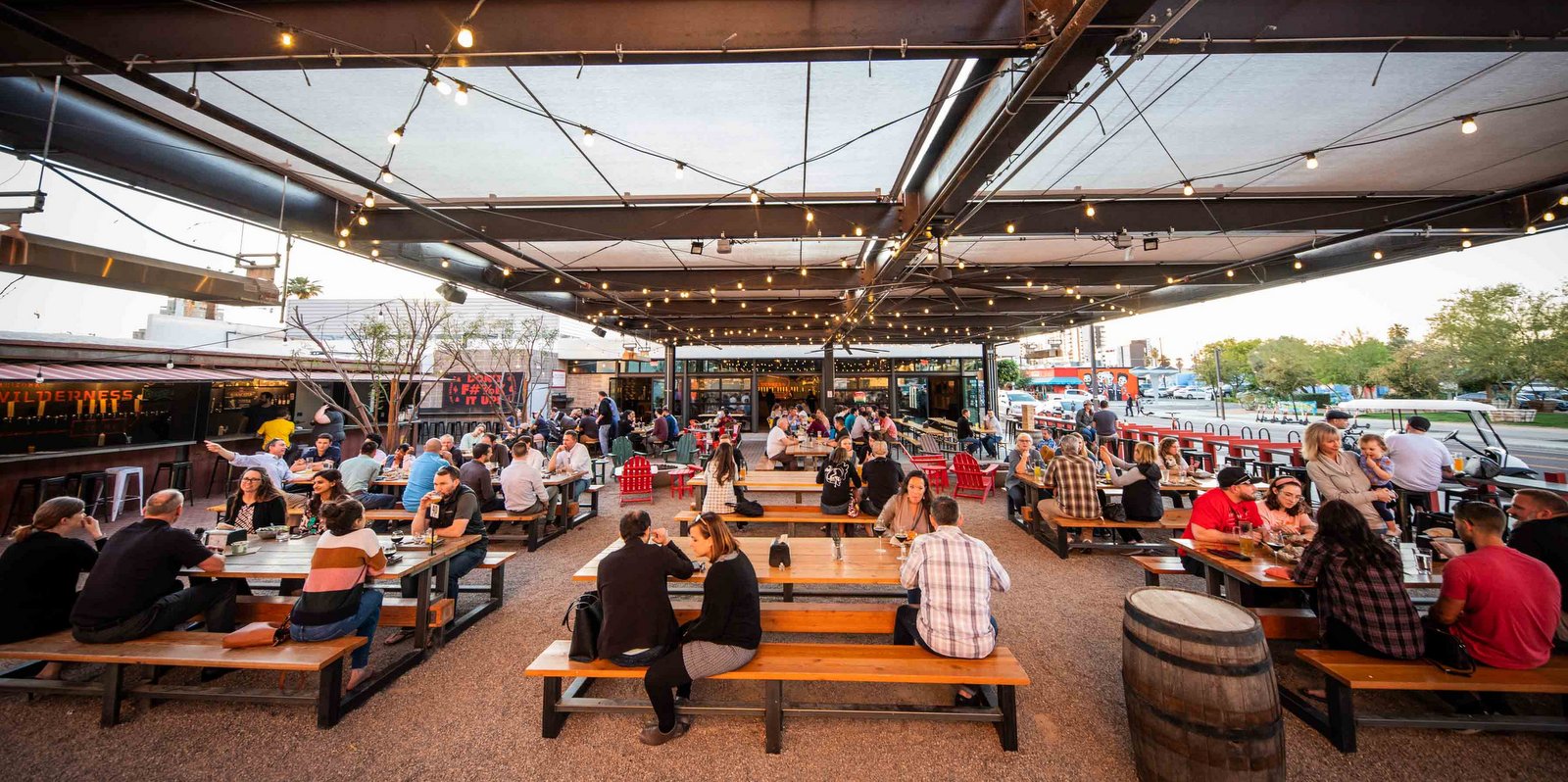
Budweiser’s “Wind Never Felt Better” commercial was a major step forward for conservation and sustainability in the beer industry. With this ad, Budweiser stated that all their products going forward will be brewed with wind-powered energy, part of their goal to utilize only renewable energy by 2025. Unfortunately, not all breweries are capable of making the immediate shift to renewable energy. For those breweries, there are smaller courses of action available to improve sustainability.
As we trend toward a more environmentally conscious society, it’s critical to recognize the value of renewable energy. Normal electricity generation is responsible for a variety of environmental hazards. In fact, this process makes up 66 percent of the country’s sulfur dioxide, which causes asthma attacks and acid rain, 29 percent of the country’s nitrogen oxides, which create smog and often lead to respiratory infections, and carbon dioxide, which is one of the leading factors in climate change. Renewable energy sources produce no greenhouse gases or polluting emissions and are also inexhaustible.
Historically, the brewing process has consumed massive amounts of energy. According to this recent study by the Brewer’s Association, breweries on average used 50 to 66 kilowatt-hours per barrel of beer brewed. At this rate, breweries burn through the average annual energy usage of a household in approximately 158 to 208 barrels of beer. When Anheuser-Busch InBev announced that they would be transitioning to 100-percent renewable energy, they stated that this effort would cut their carbon footprint by 30 percent, equivalent to removing nearly 500,000 cars from the roadways.
One of the most significant barriers to entry into the renewable energy market for breweries has historically been price. For breweries that aren’t quite ready to implement renewable energy, there are a variety of solutions they can employ to improve their impact on the environment. Smaller breweries can begin by implementing basic sustainability initiatives before making the full transition to renewable energy.
Renewable efforts in action: waste reduction
Already, a number of craft breweries across the country are moving toward sustainability. For example, a small-scale set of changes with a huge impact can be found at a craft brewery in Colorado. Upon starting their business, the owners realized that they were creating an outrageous amount of waste. They noticed early on that the majority of their waste was paper towels — on average around 80 percent.
To address this issue and other waste contributors in the brewery, the owners made some changes. The first thing they did was switch to hand dryers. Then, they changed the way they collected customer trash. They started providing one small trash can in the entire brewery for customers, in order to make them mindful of their own waste. Management then took this even further, implementing regulations for group events that required anyone using their space to be responsible for collecting and disposing of their waste, which has also served to help customers understand their own waste contributions.
Aside from these initiatives, the brewery has also installed on-site recycling bins for employees and members of the community to deposit their recycling. Additionally, the brewery works with local farmers to recycle spent grain. The farmers use the spent grain as an inexpensive alternative to purchasing feed in stores. As a result of these efforts, the brewery has seen its waste production per barrel decrease by 50 percent over a three-year period.
CO2 reclamation
A brewery in Alaska is also making waves in terms of sustainability efforts. Frustrated by the area’s lack of cost-effective carbon dioxide suppliers and minimal spent grain disposal options (this part of Alaska has no livestock farms), the brewery’s owners decided to take action.
First, they implemented a CO2 reclamation system, which allowed them to capture the CO2 from their brewing process and use it to bottle or can their beer. With this system in place, they no longer needed regular shipments of tanks for CO2 because they could reuse the CO2 they created in the brewing process.
Second, they implemented the “Beer Powered Beer” system. In this process, the brewers press the grain with a mash filter press, dry it in a rotary dryer and blow it into a furnace, allowing the grain to be used as heat fuel for the next wave of spent grain. Together, these innovations have drastically decreased emissions and fuels burned in the process of brewing and bottling beers at the brewery.
Further, other breweries across the country provide compost cans for materials, such as compostable utensils, paper towels and cups. Additionally, many breweries with a food and full bar component have replaced plastic straws with paper ones.
Five ways all breweries can play a role
The breweries mentioned above are just a few of many that are working to make a difference in terms of their impact on the environment. There are a variety of measures that breweries of all sizes can take to be more environmentally supportive. These include:
- Creating an environment of employee awareness — Make sure your employees are aware of the importance of sustainability. In the training process, highlight basic sustainability measures.
- Recycling water — Use leftover water from customers for a variety of means, including watering plants.
- Avoiding disposable products — Disposable utensils and dishes are a huge burden on the environment, especially when not recycled. Nearly 91 percent of plastic waste has never been recycled according to Great Britain’s Royal Statistical Society. Use washable silverware, dishes and cloth napkins where possible.
- Promoting community involvement — Encourage customers to be more conscious of their waste. Hosting events related to conservation and sustainability is one way of improving consumer awareness.
- Establishing sustainability goals — Management should set specific goals, such as decreasing waste production and decreasing electrical use so that employees have a clear directive.
Implementing measures such as these will promote positive change for the environment, but before making any change to operations, it’s always a good idea for brewery owners to check in with their insurance partners. You’ll want to confirm that you have the coverage necessary to cover new recycling systems for spent grain, for example.
Breweries with more resources should consider supplementing these strategies with renewable energy solutions, like installing solar panels and more. In the second article of this series, we will cover this topic in greater depth, highlighting best practices to make the switch in an efficient, effective manner.
Justin Guerra is the creative director of PAK Programs at BreweryPak




Leave a Reply
You must be logged in to post a comment.